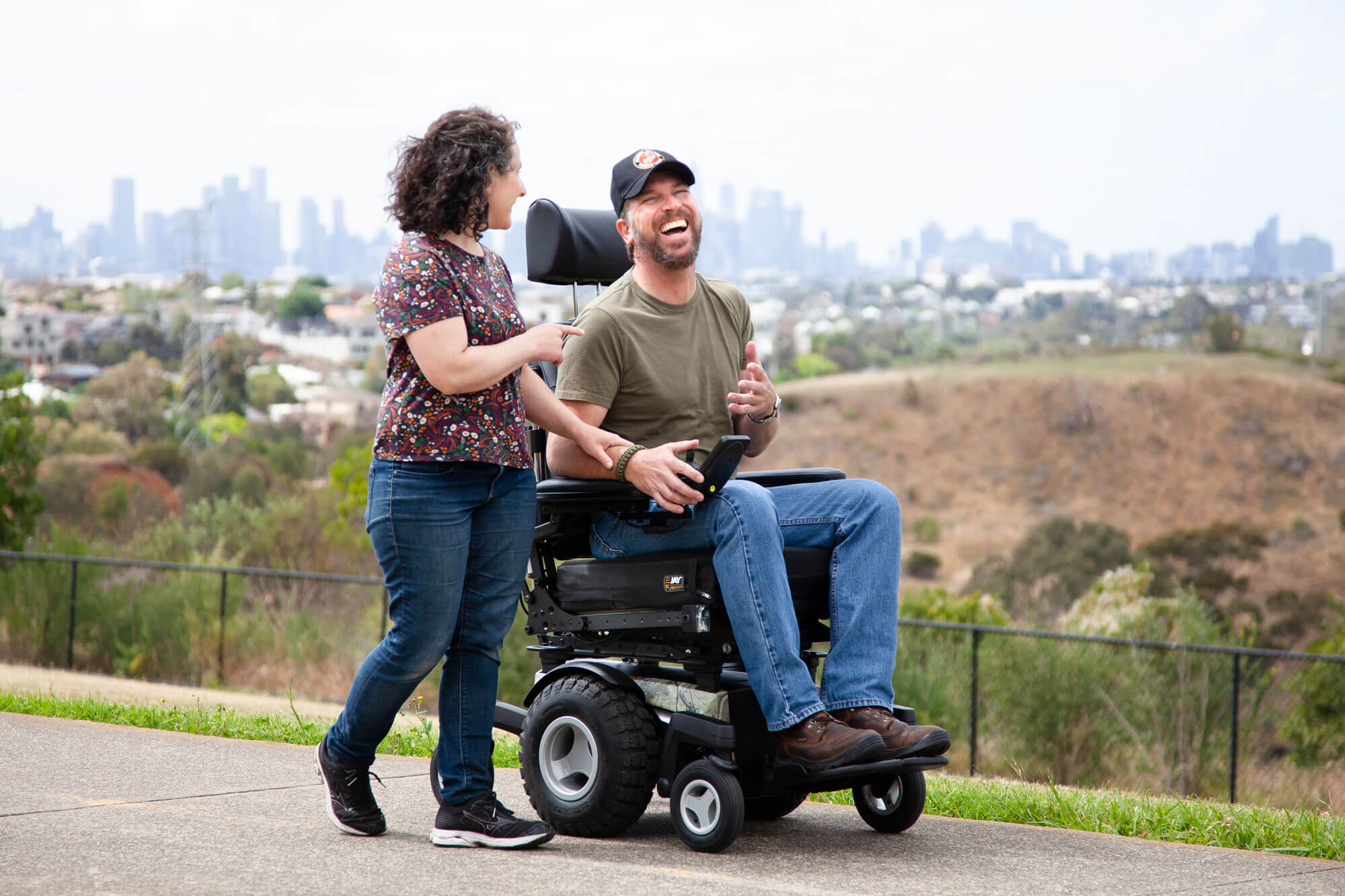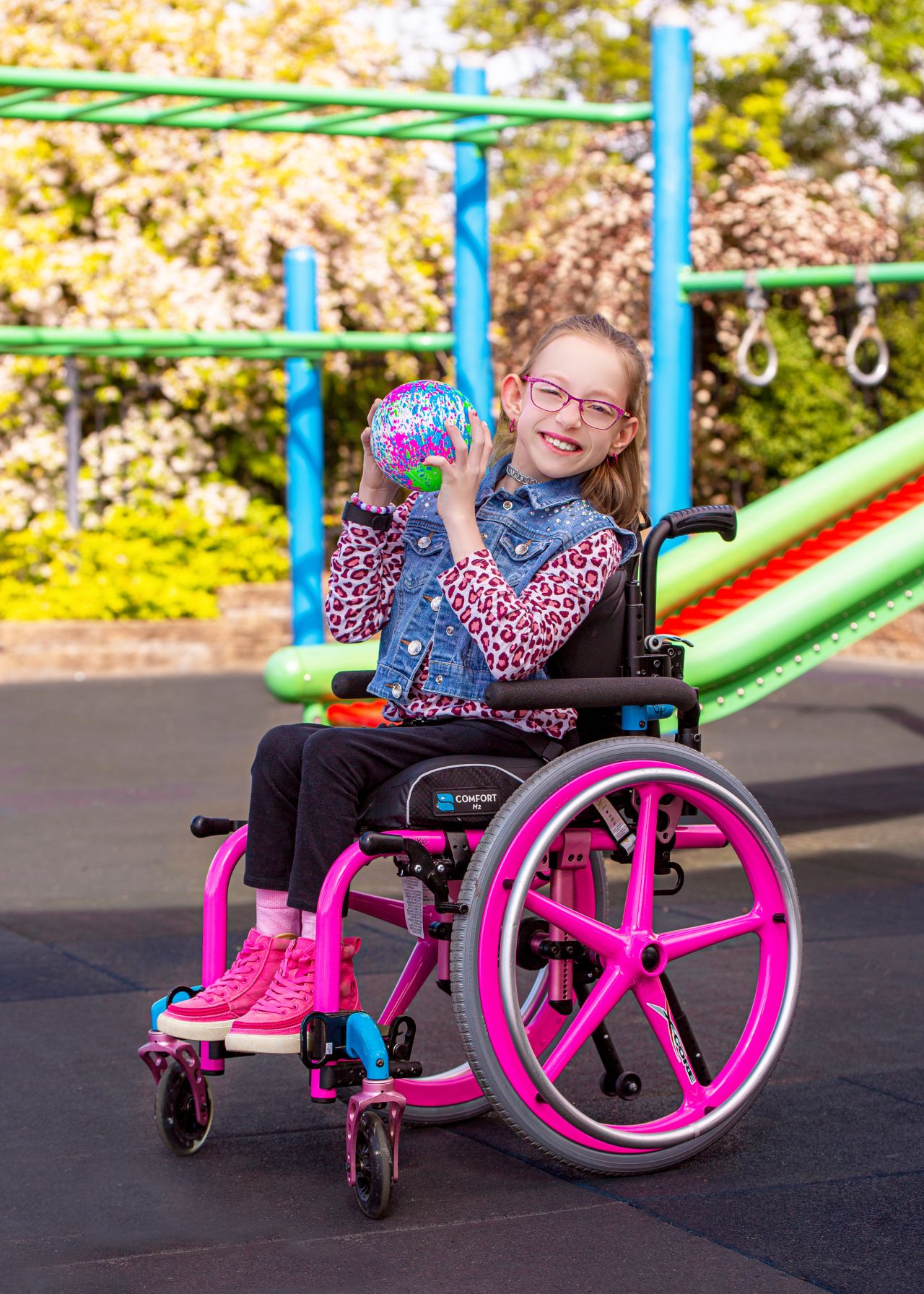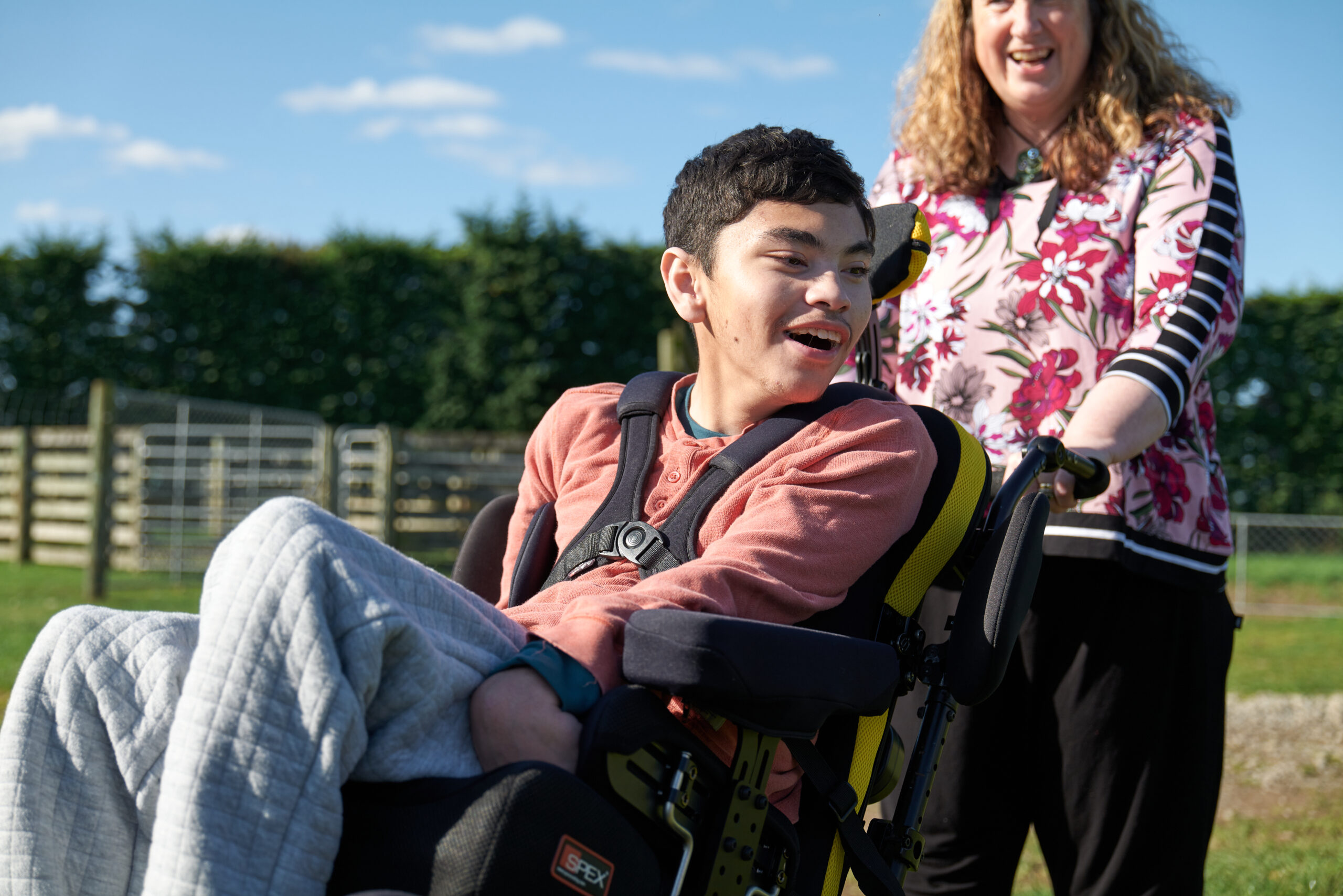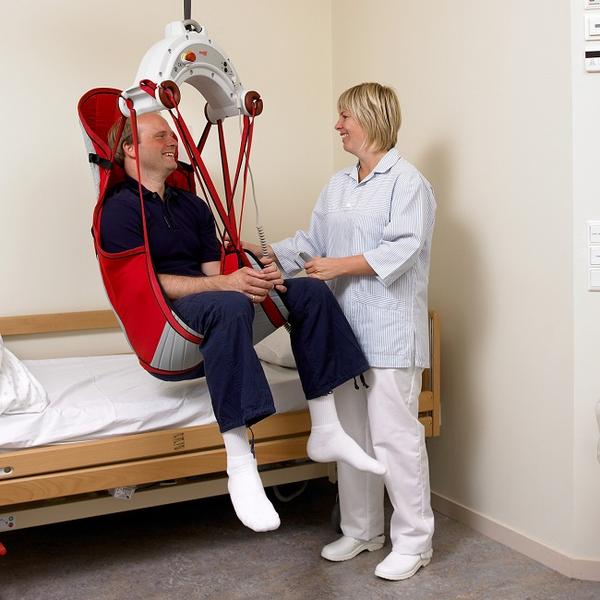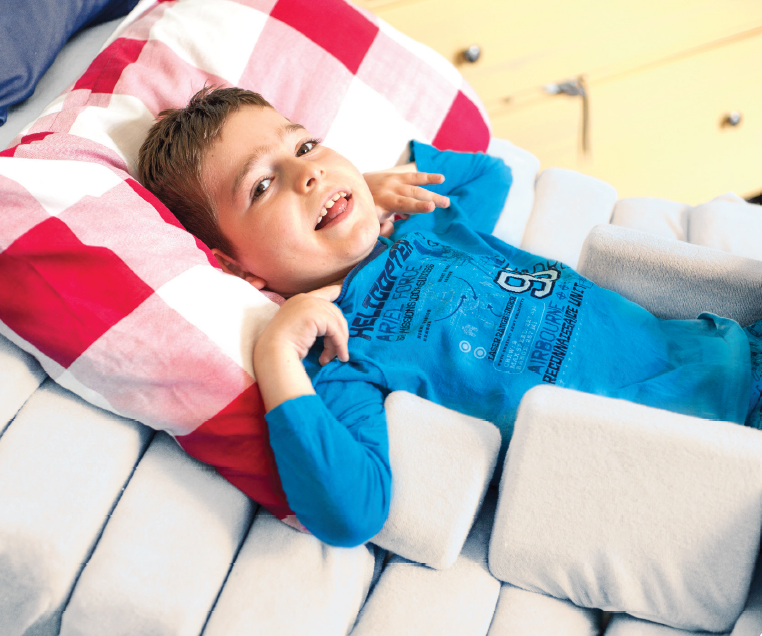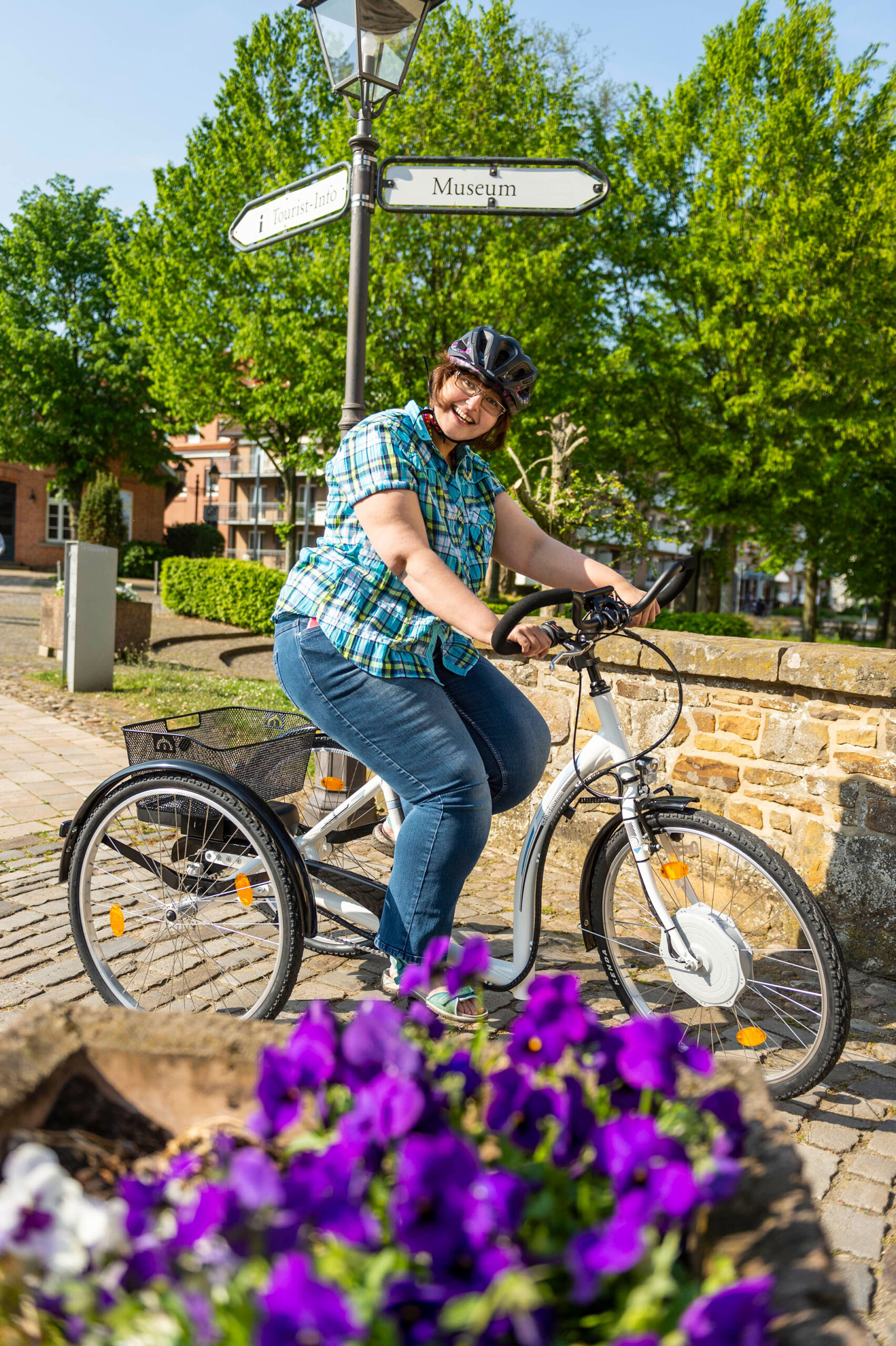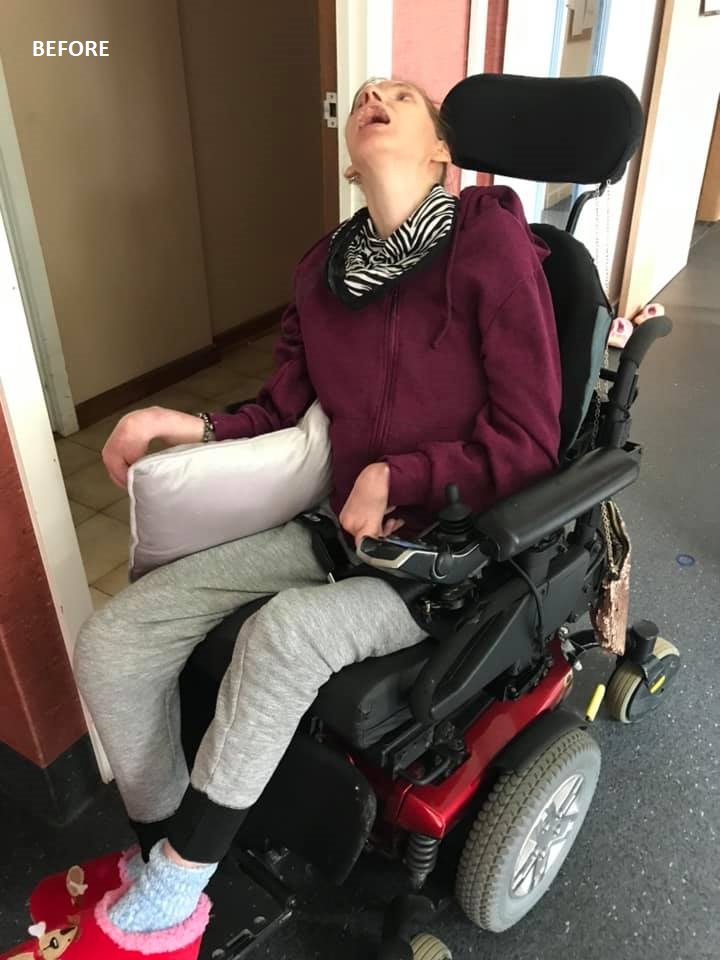Enabling the special needs community to live life
Discover our products
Support Hub:
Rehab equipment tailored for your life.
Disability Aids & Equipment Suppliers
Active Rehab provides high-quality disability aids and rehabilitation equipment designed to support individuals across Victoria in leading more independent and fulfilling lives. As trusted disability equipment suppliers, we offer a range of products tailored to your unique needs. Whether you’re looking for aged care equipment or specialised disability aids in Melbourne, our team is here to help you every step of the way.
Read More
Aged Care Equipment Suppliers
We understand that the needs of the elderly require specialised equipment for comfort and mobility. As experienced aged care equipment suppliers in Melbourne, we provide a diverse selection of elderly care equipment designed to enhance the quality of life for seniors. Our products include everything from mobility aids to custom seating systems, all tailored to the specific requirements of elderly individuals.
We take pride in offering aged care equipment in Melbourne that is both durable and adaptable, ensuring that each client’s needs are met with precision and care. Our team works closely with caregivers and therapists to ensure that our aged care equipment suppliers deliver the perfect solution to suit your loved one’s needs.
Rehabilitation Equipment Suppliers
When it comes to rehabilitation supplies, Active Rehab is your go-to solution. With over 30 years of experience, we are proud to be recognised as leading rehabilitation equipment suppliers across Victoria. We specialise in a variety of products, including custom wheelchairs, mobility aids, and assistive technology designed to support both adults and children in their rehabilitation journey.
Our rehabilitation equipment is created with your specific requirements in mind. From providing assistance with daily tasks to improving mobility and comfort, we work closely with healthcare professionals to ensure the best possible outcome for each client. Whether you’re in need of rehabilitation equipment in Melbourne or anywhere else in Victoria, we are here to provide expert support and solutions.
Explore Our Rehabilitation Supplies
Active Rehab offers a comprehensive range of rehabilitation supplies that cater to all types of needs, whether they are for personal mobility, comfort, or therapeutic support. Our products include high-quality disability aids, custom seating systems, and cutting-edge assistive technologies that allow for enhanced independence and better quality of life.
We understand that each client is unique, and that’s why we offer disability equipment suppliers with personalised service and solutions. Whether you need mobility aids, home adaptations, or therapeutic equipment, we bring the best products from around the world to ensure you have the support you need. Active Rehab is your trusted partner for disability equipment suppliers in Melbourne and beyond.
Frequently Asked Questions
What types of rehabilitation equipment do you supply?
We offer a wide range of rehabilitation equipment, including custom wheelchairs, seating systems, mobility aids, and assistive technology. We tailor our products to meet your exact needs and preferences.
Do you provide services outside of Melbourne?
Yes, we provide disability aids and rehabilitation supplies across Victoria, not just in Melbourne. Our team visits clients in various locations to ensure they receive the best service and equipment.
Is there a warranty on the equipment?
Yes, all our products come with a 12-month warranty, giving you peace of mind knowing that your equipment is covered.
How can I be sure the equipment will fit my needs?
At Active Rehab, we work closely with you and your therapists to ensure the equipment we provide is the best fit for your lifestyle. We take measurements and discuss your needs during an in-person consultation at your location.
Can I get help with setting up the equipment?
Absolutely! Our team provides full setup assistance, ensuring your equipment is adjusted and ready to use as per your requirements. We’re here to help every step of the way.
Do you offer ongoing support for the equipment?
Yes, we provide ongoing service and support to ensure your equipment continues to meet your needs throughout its life.



